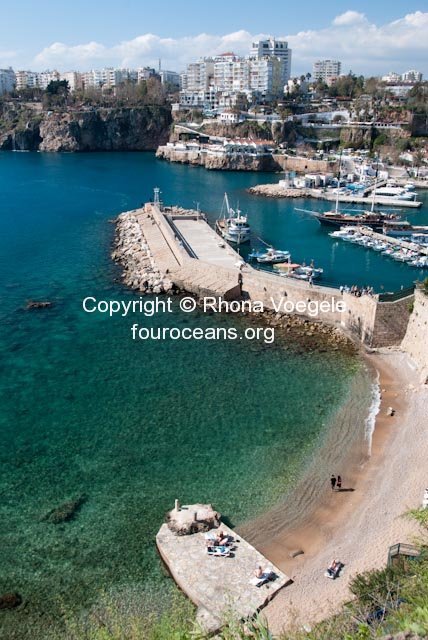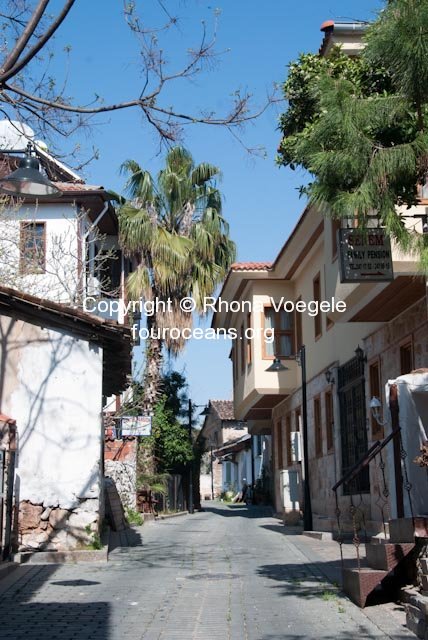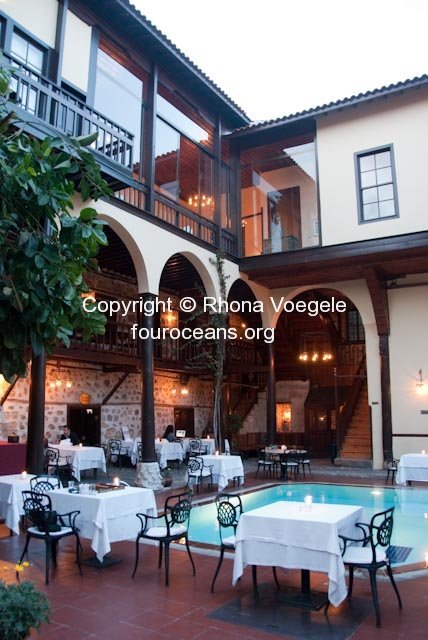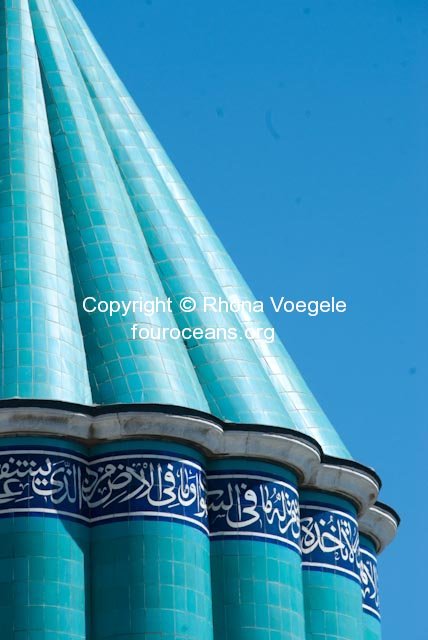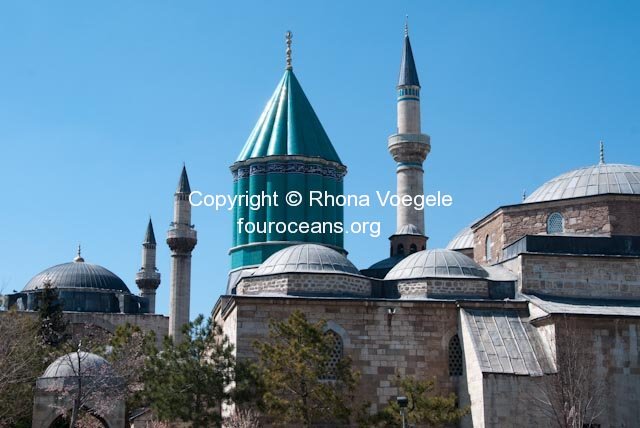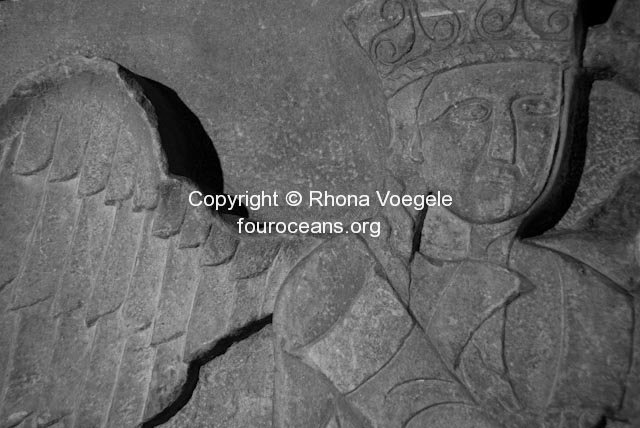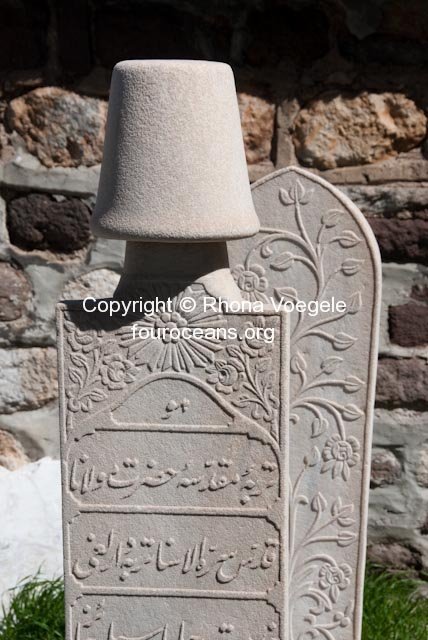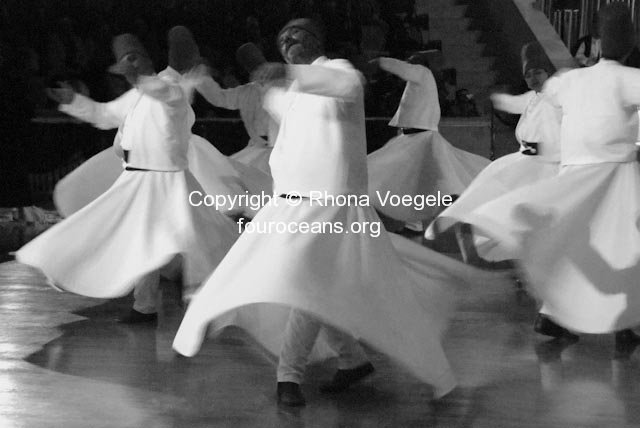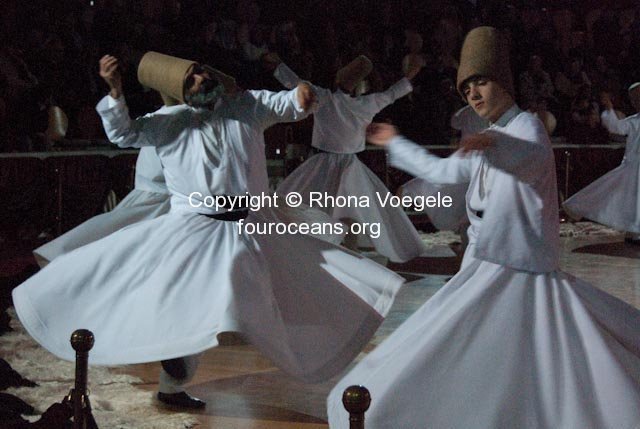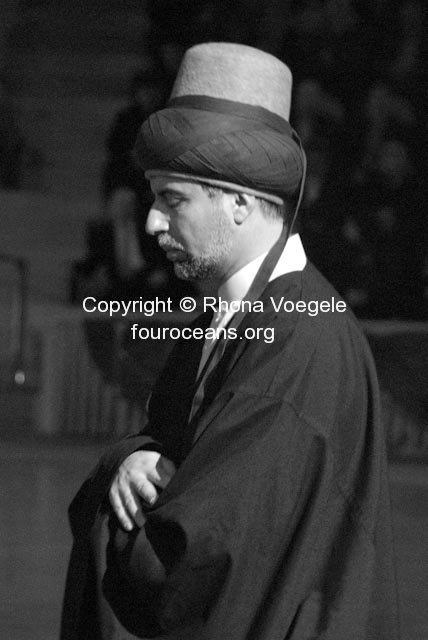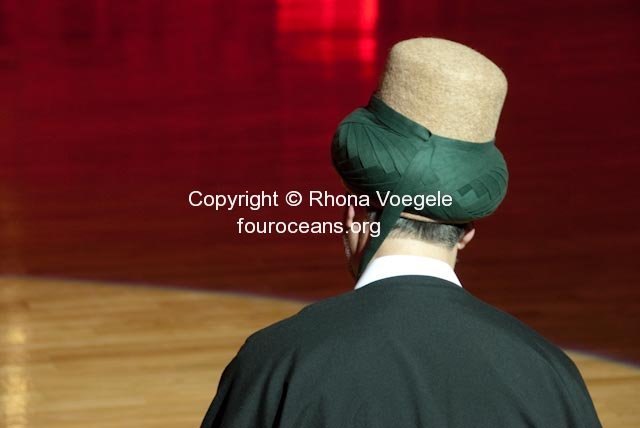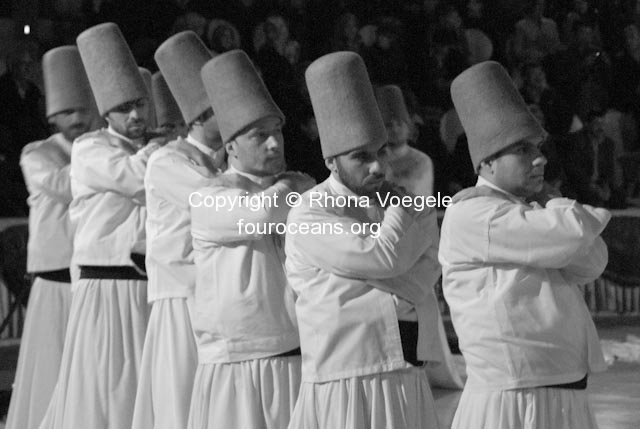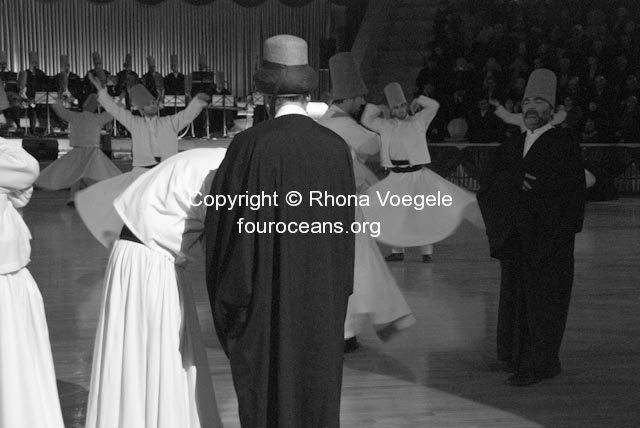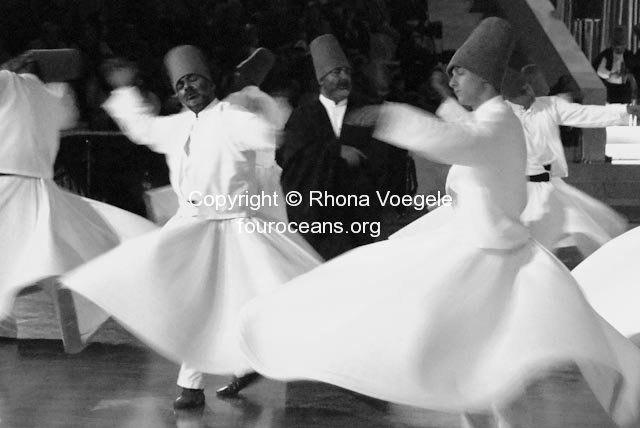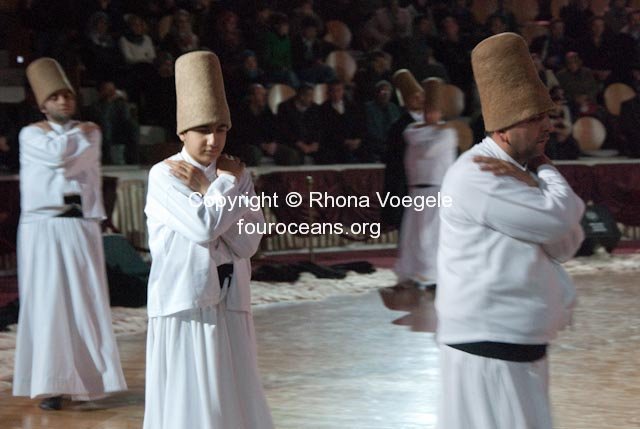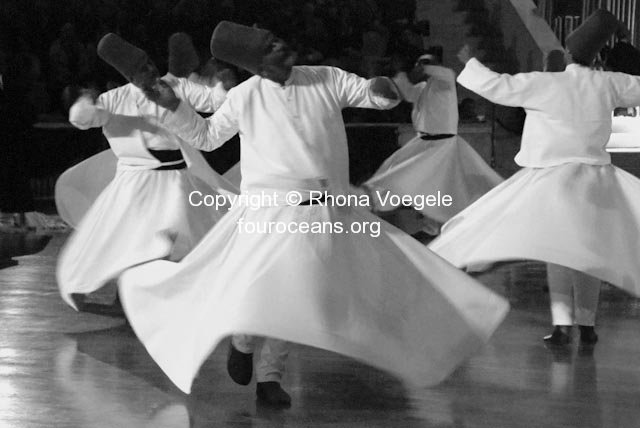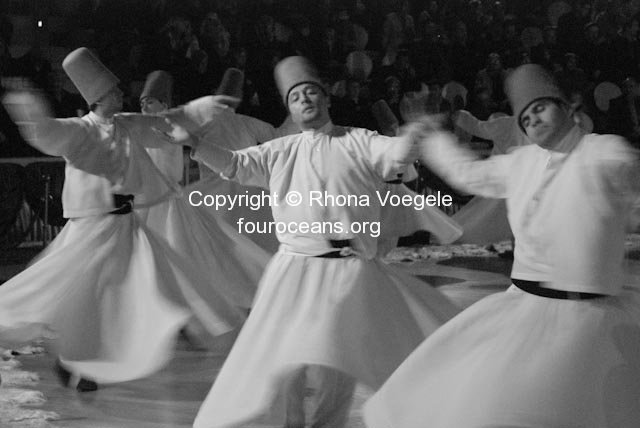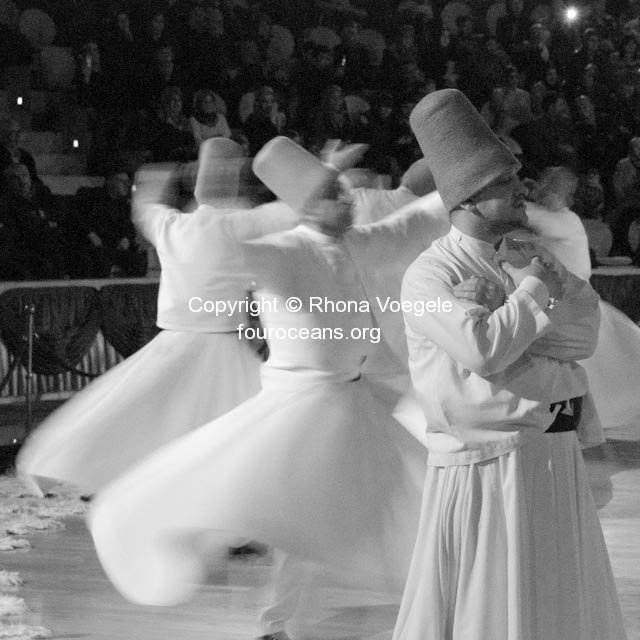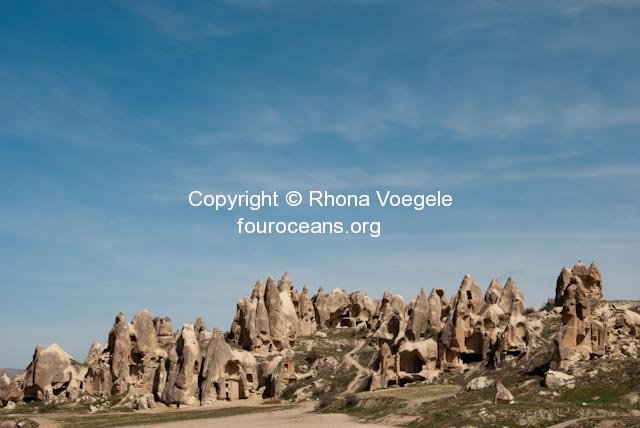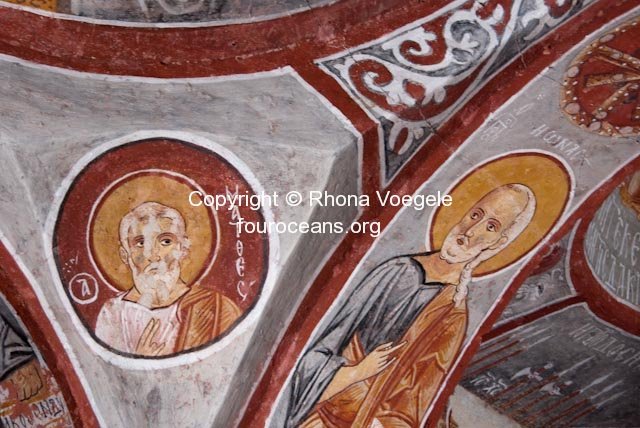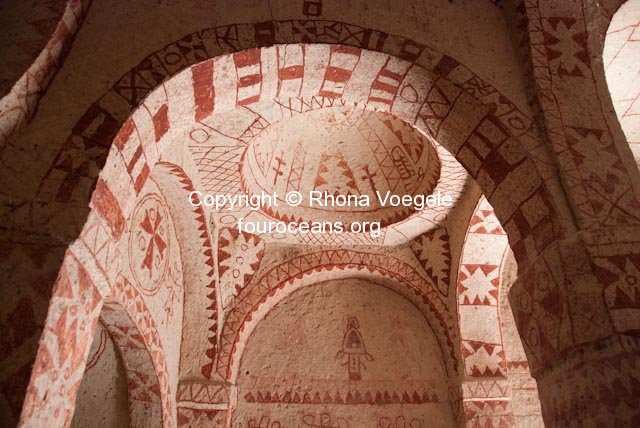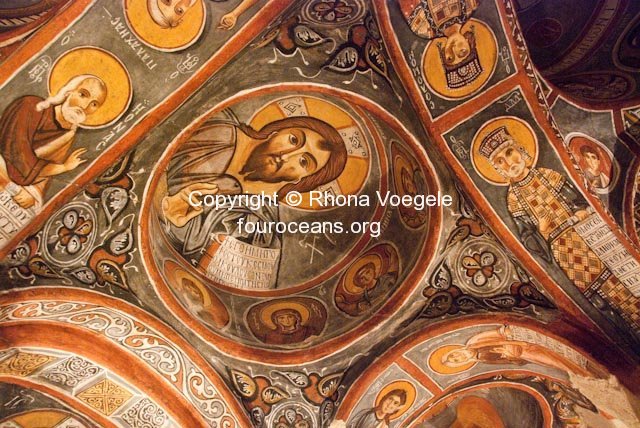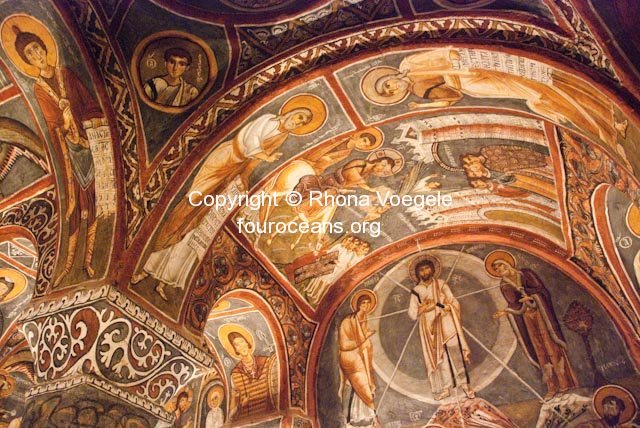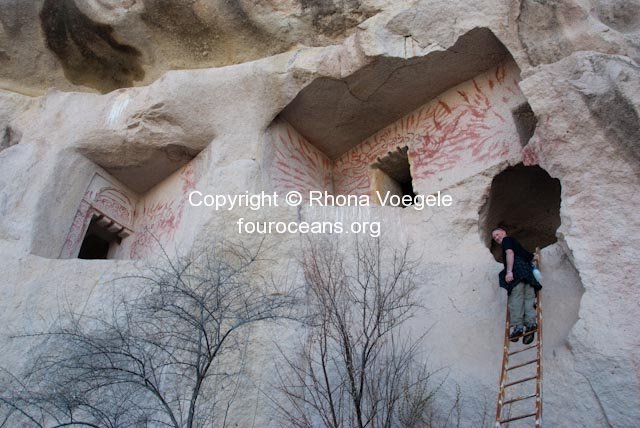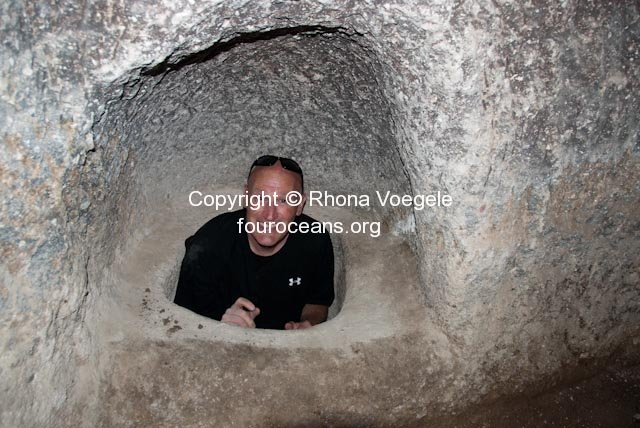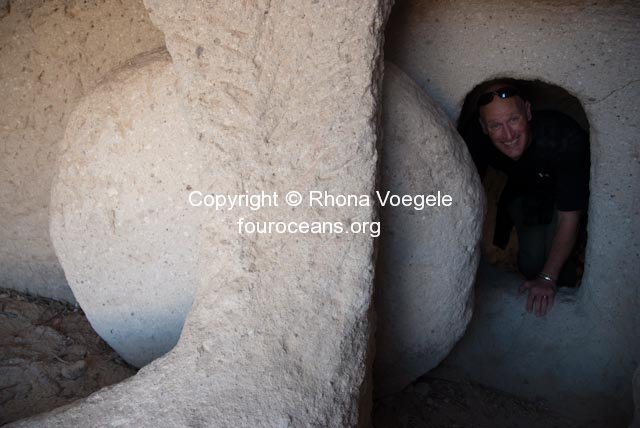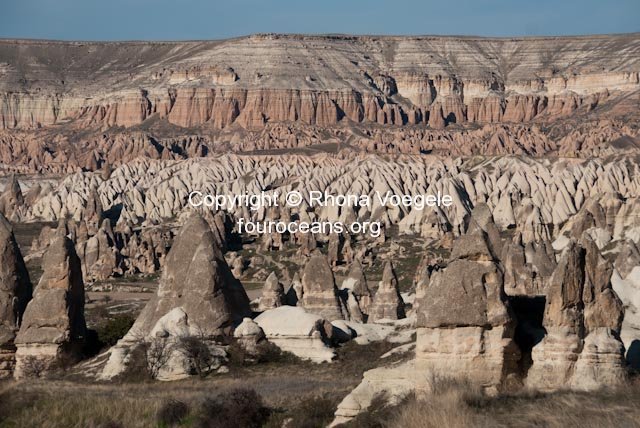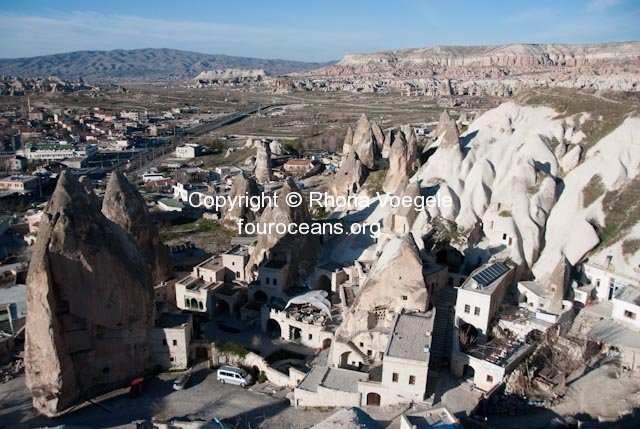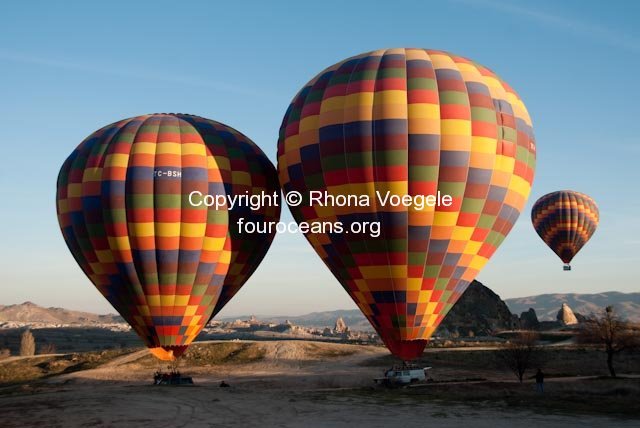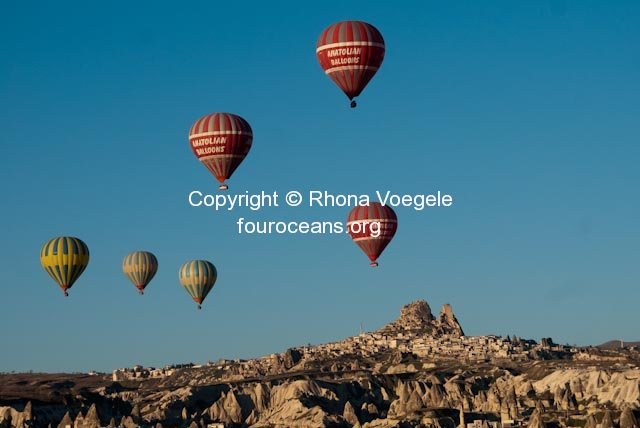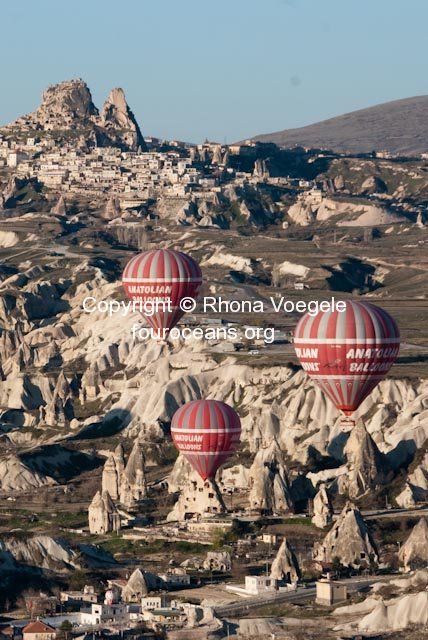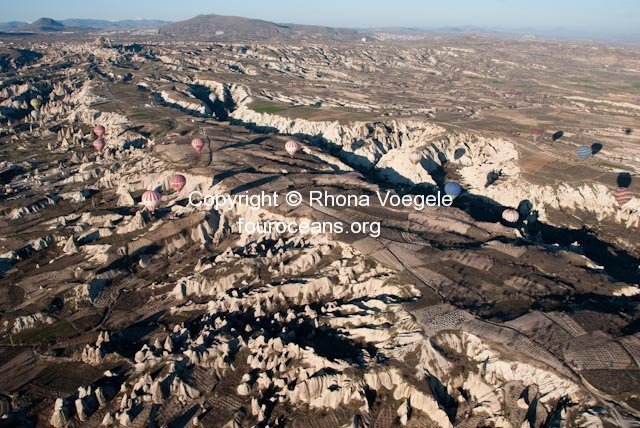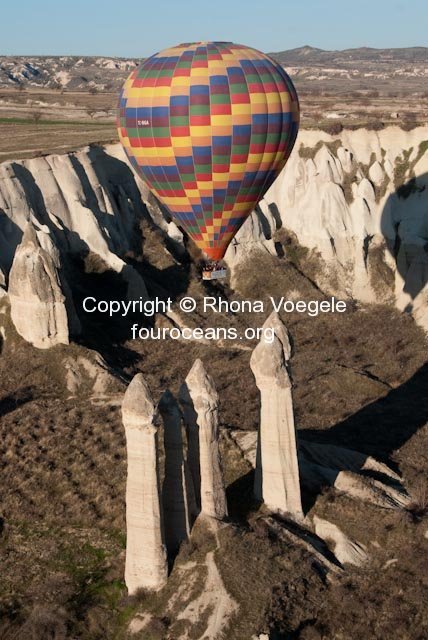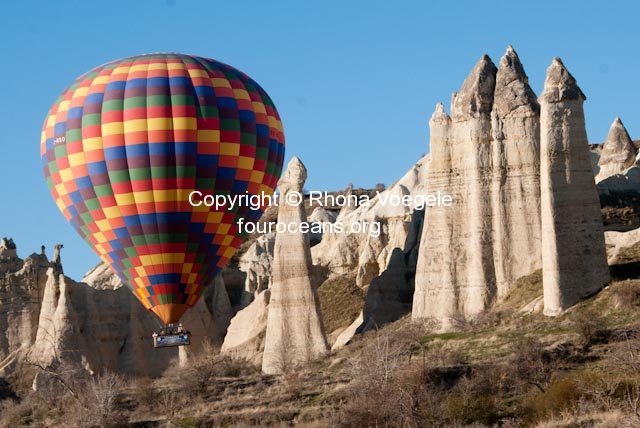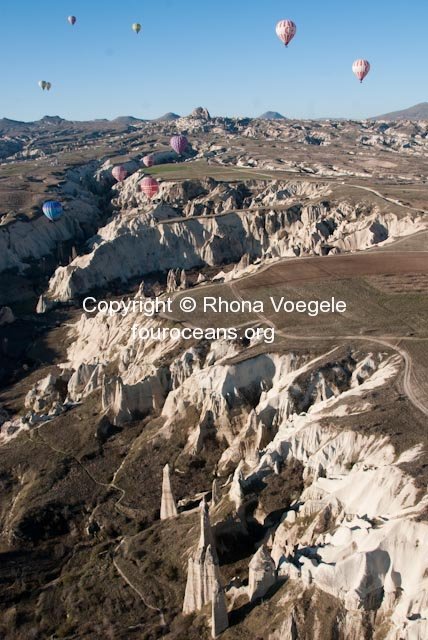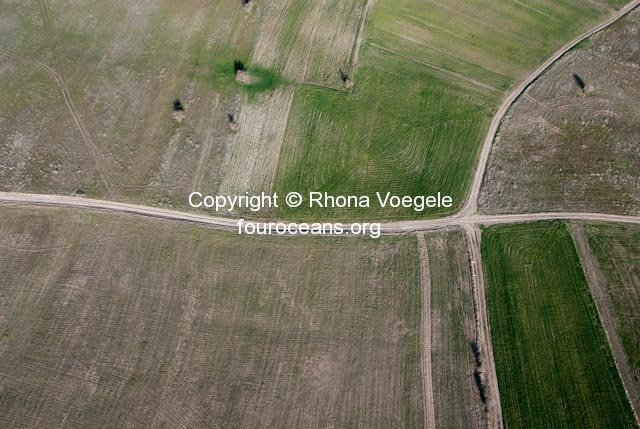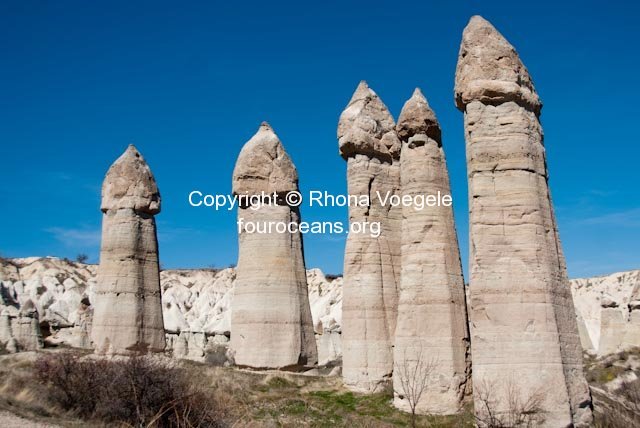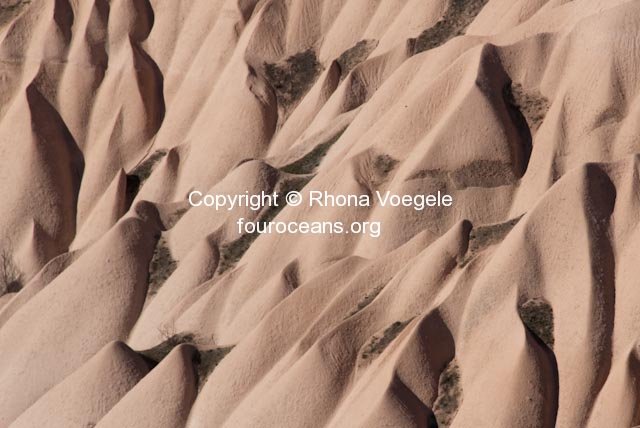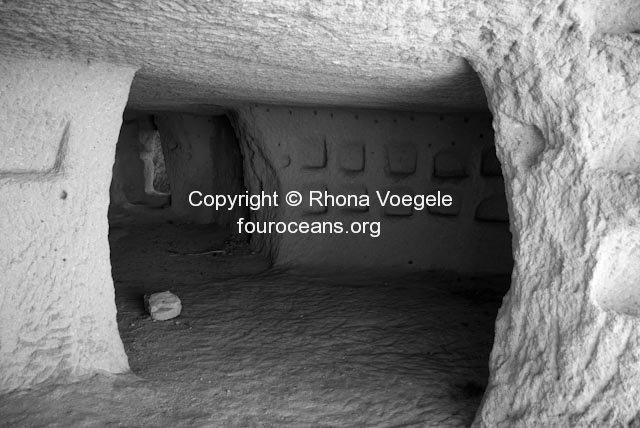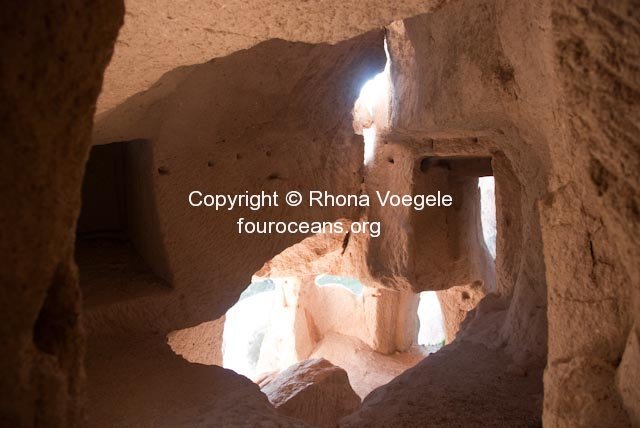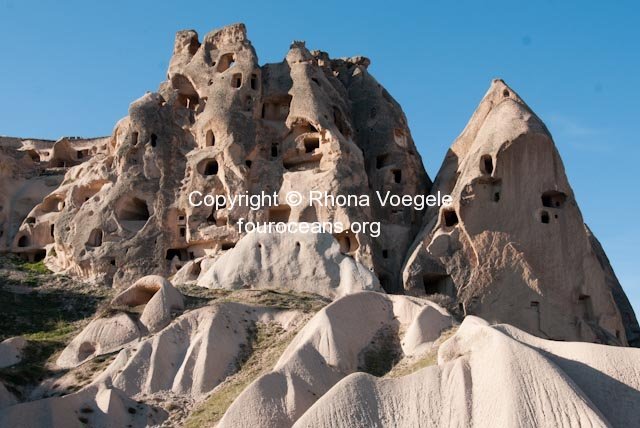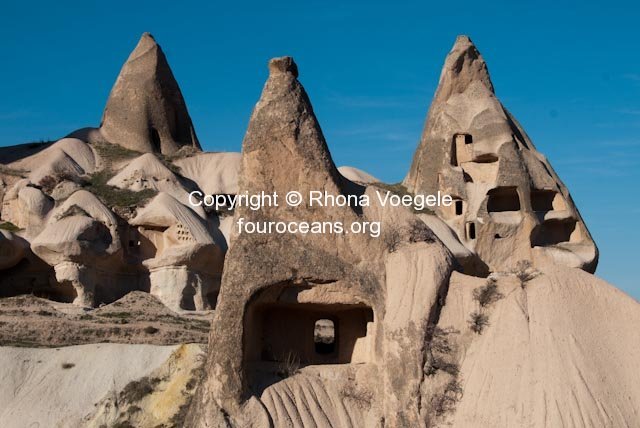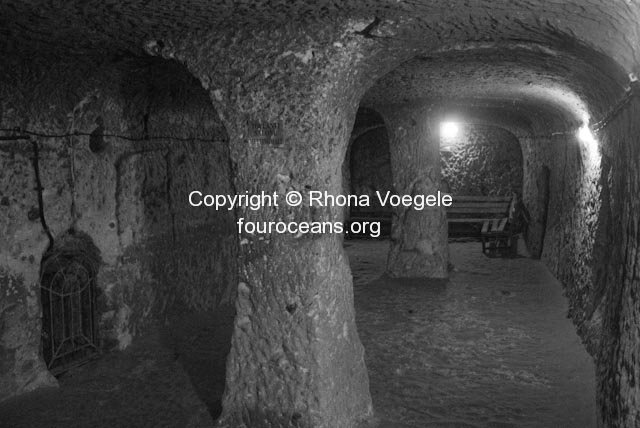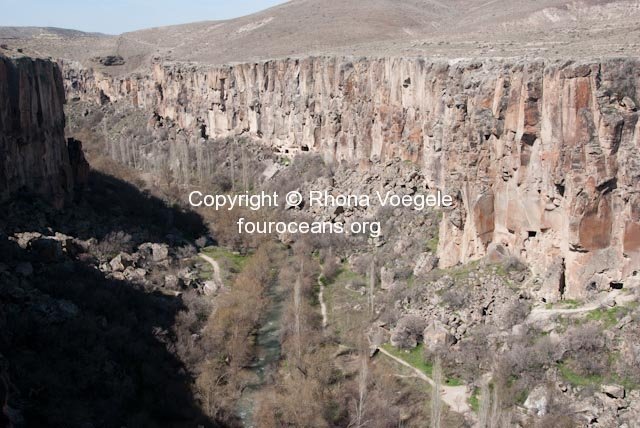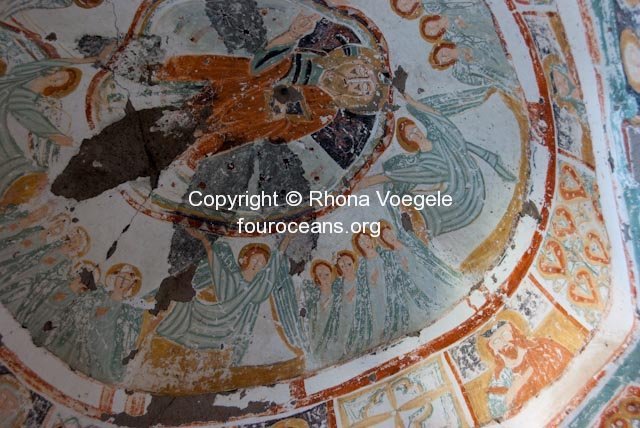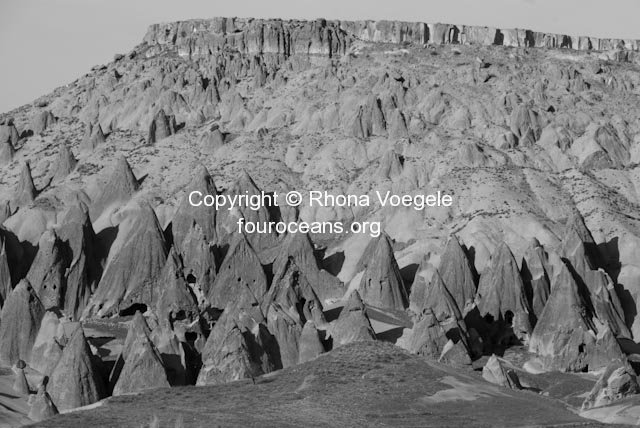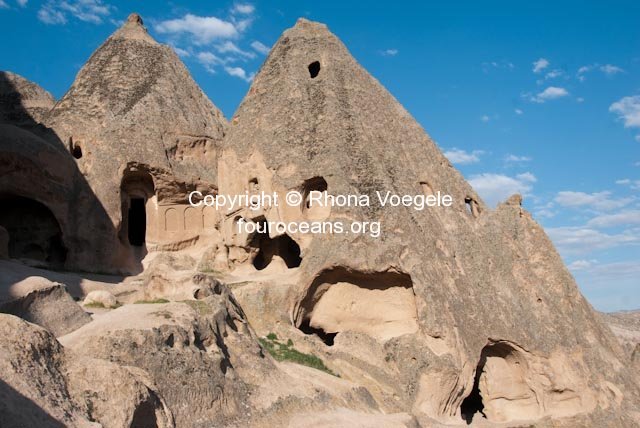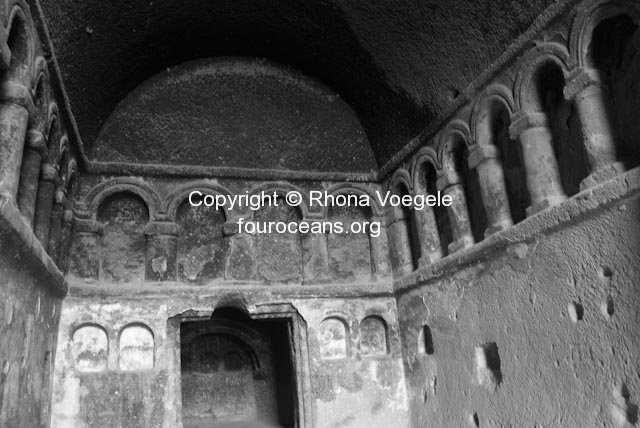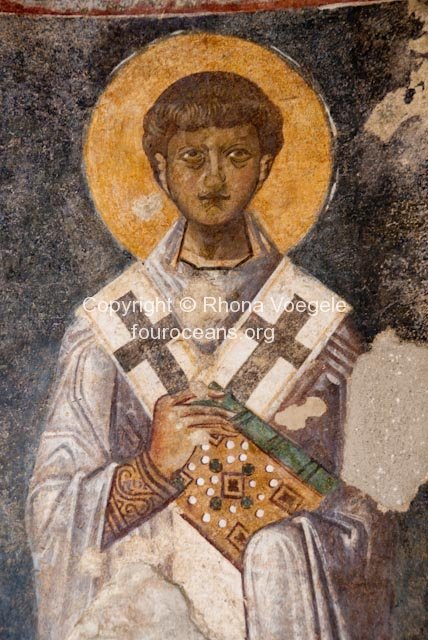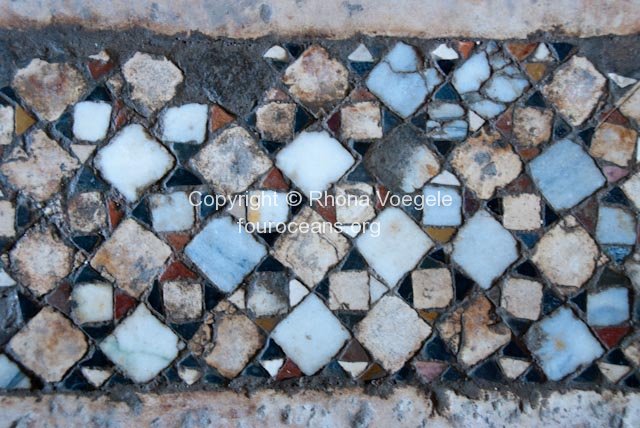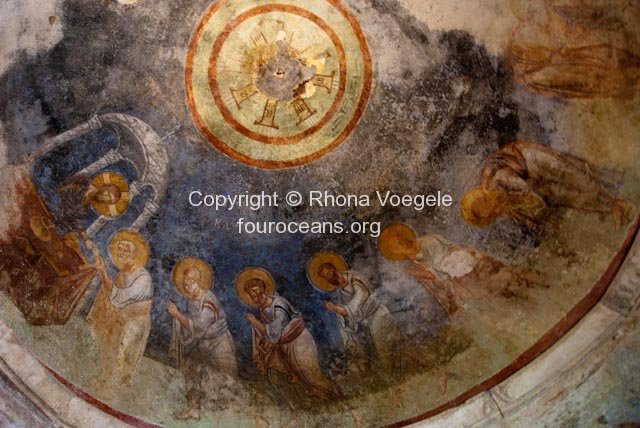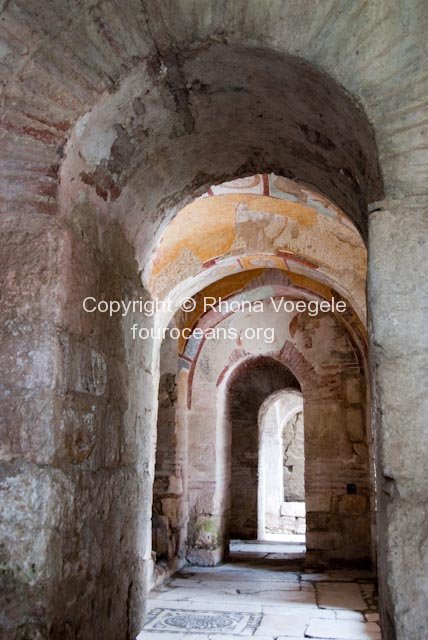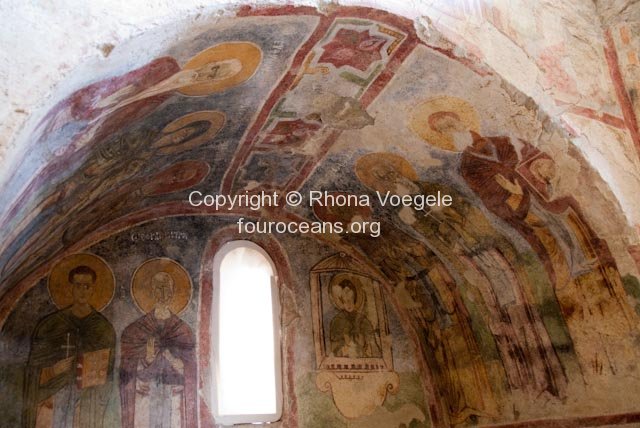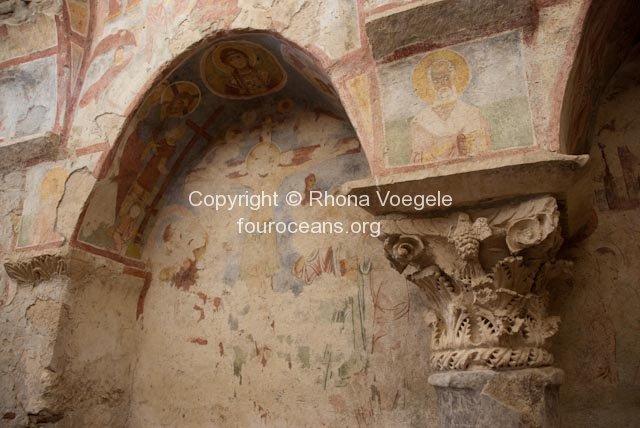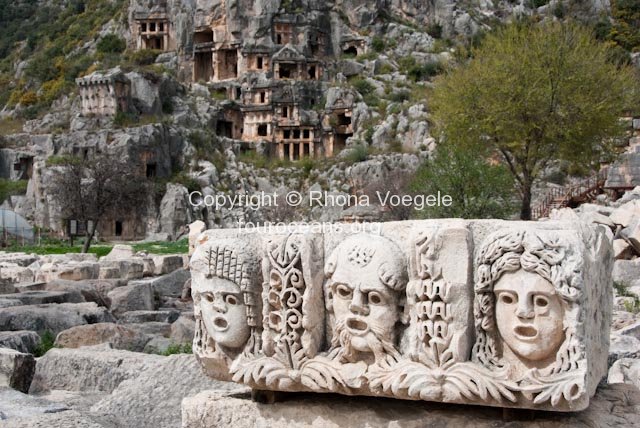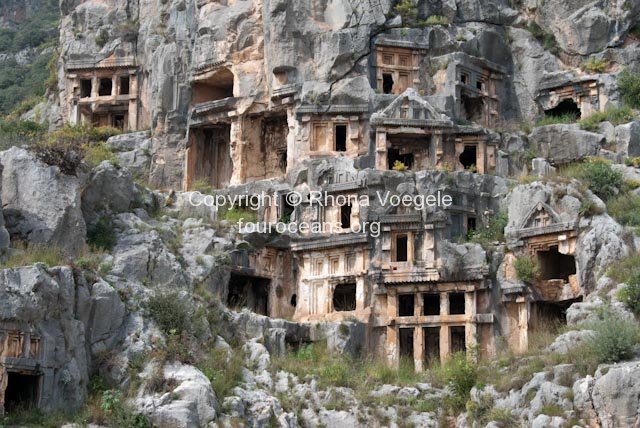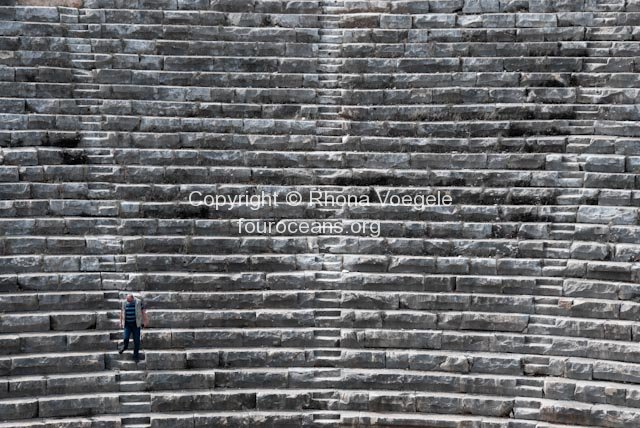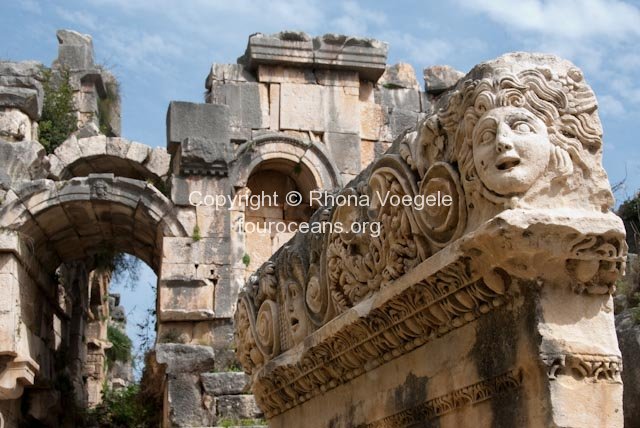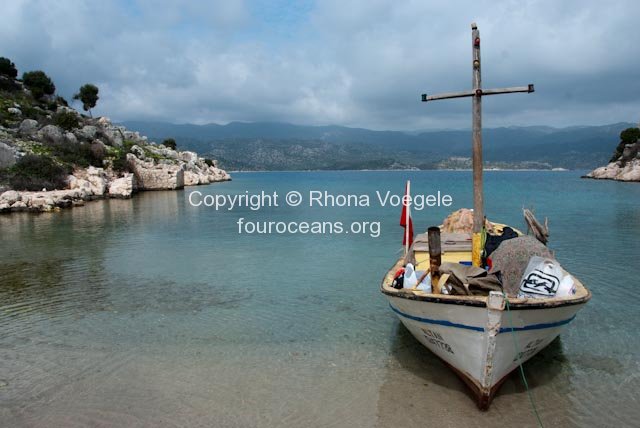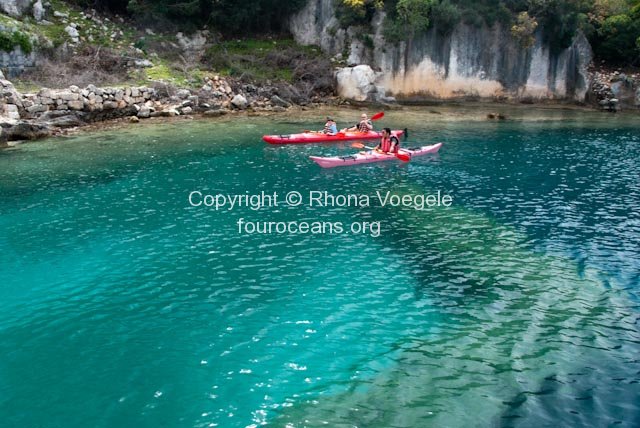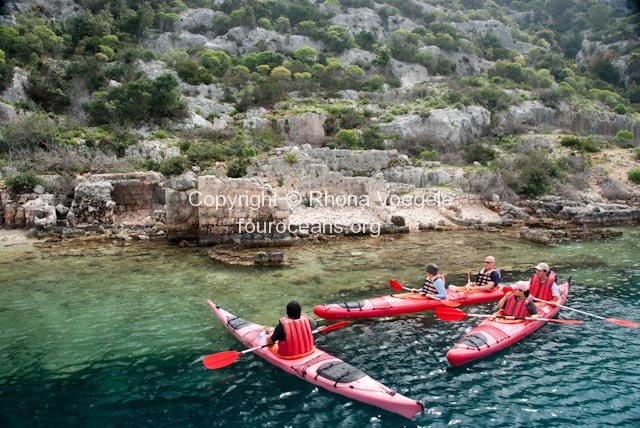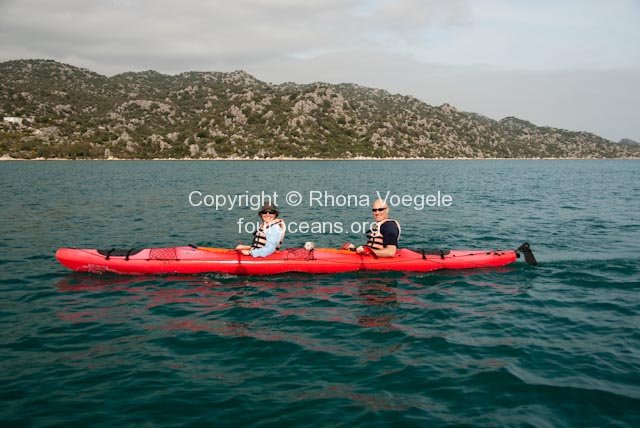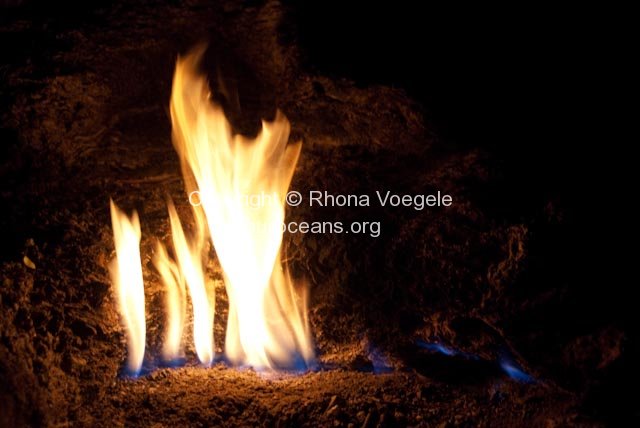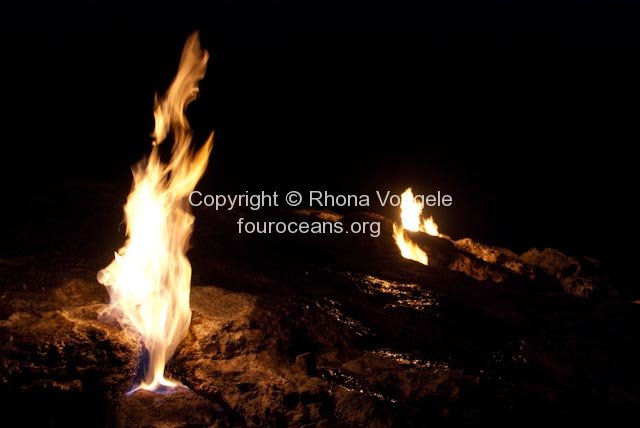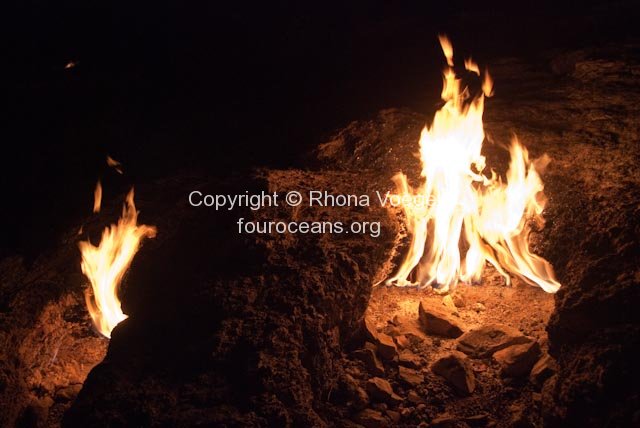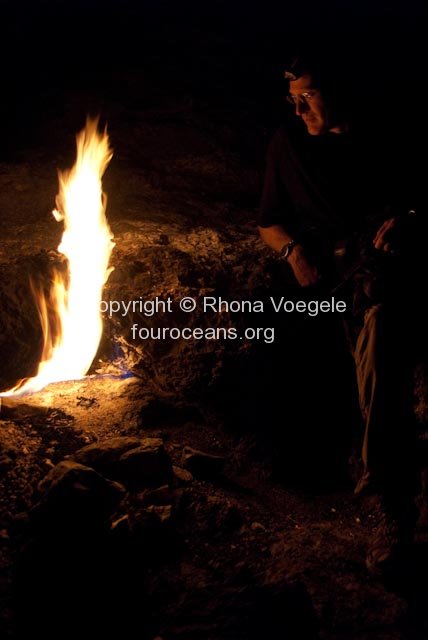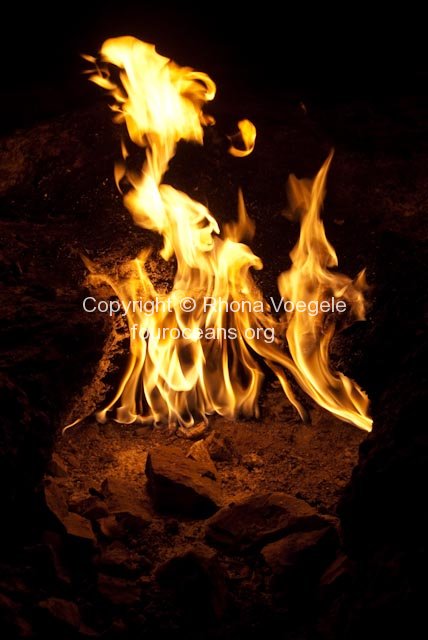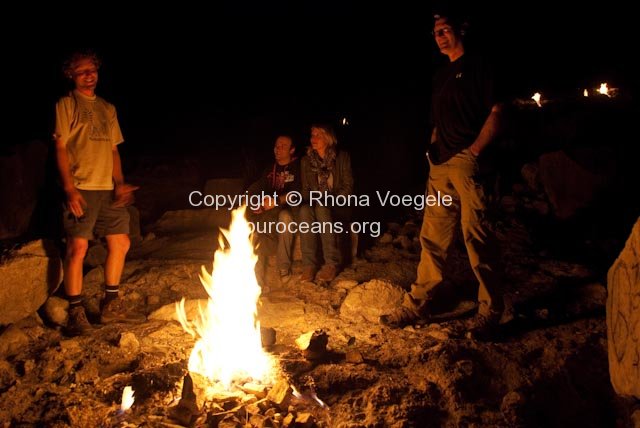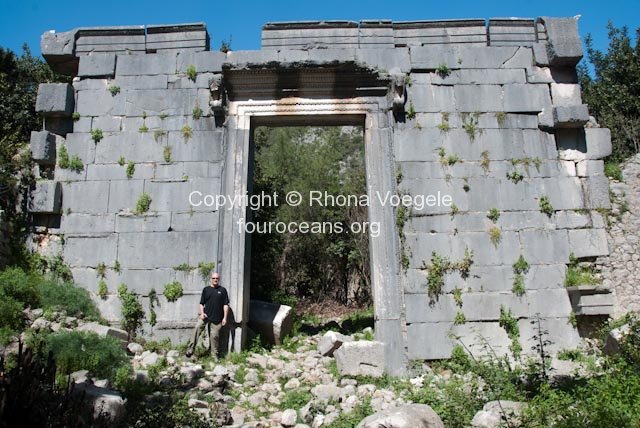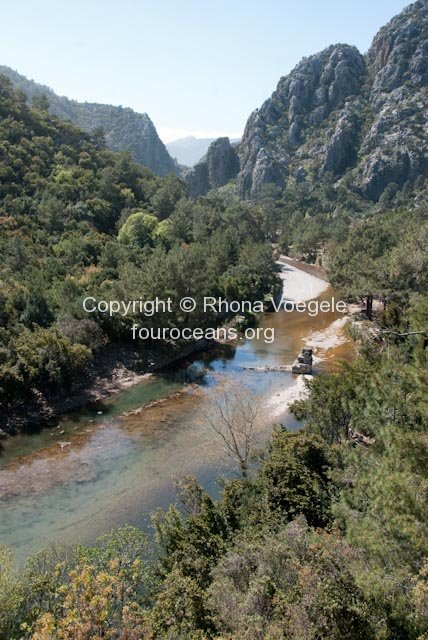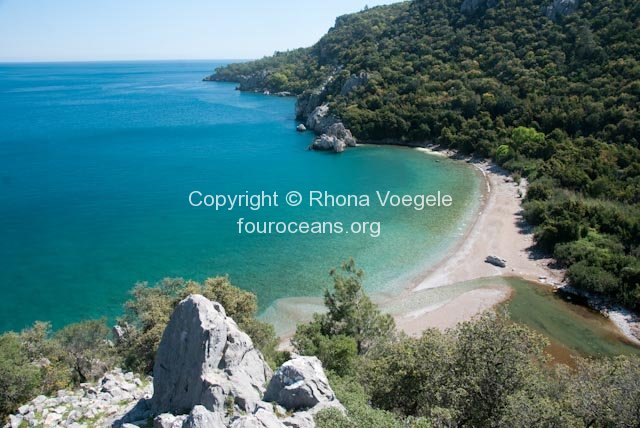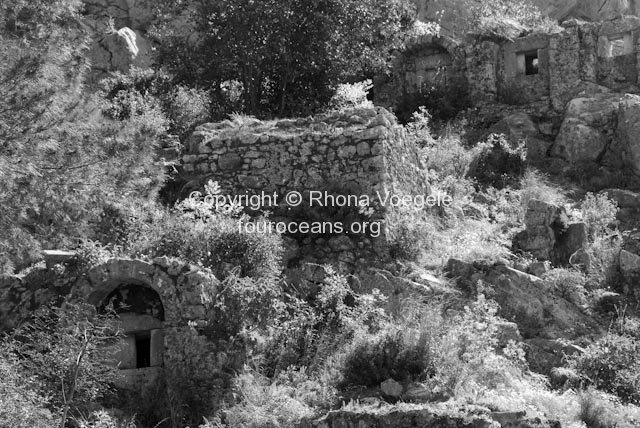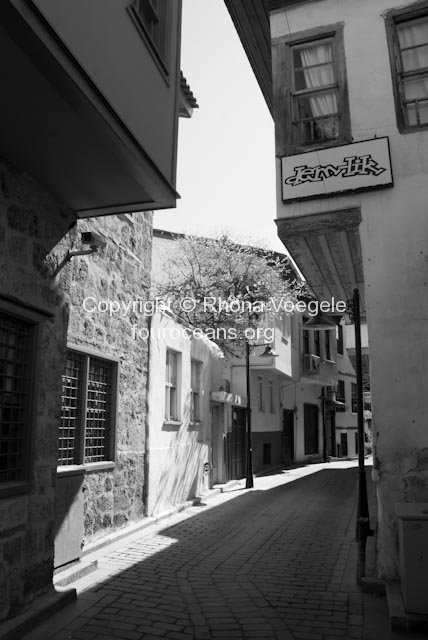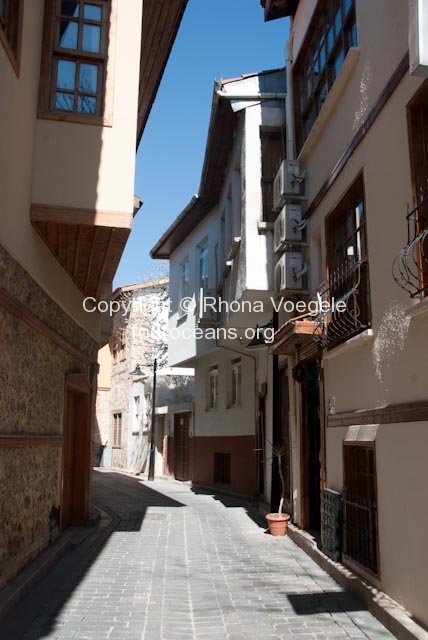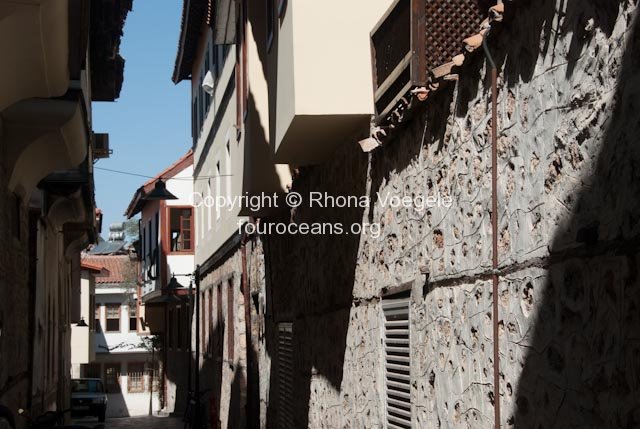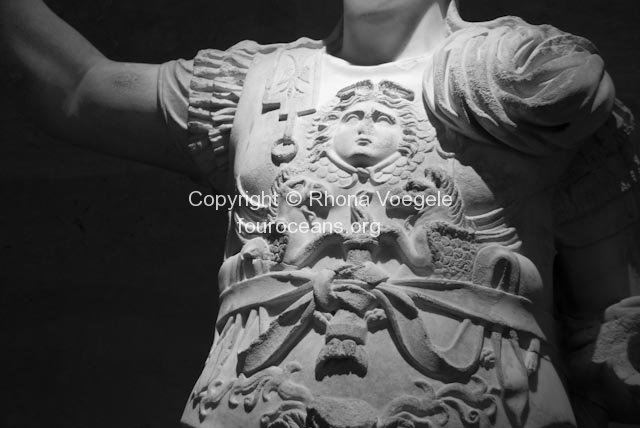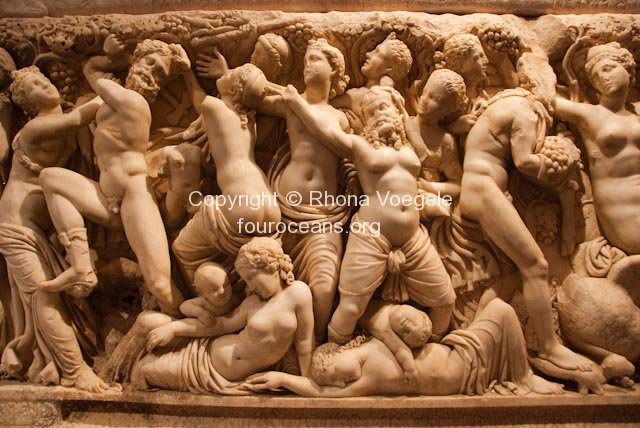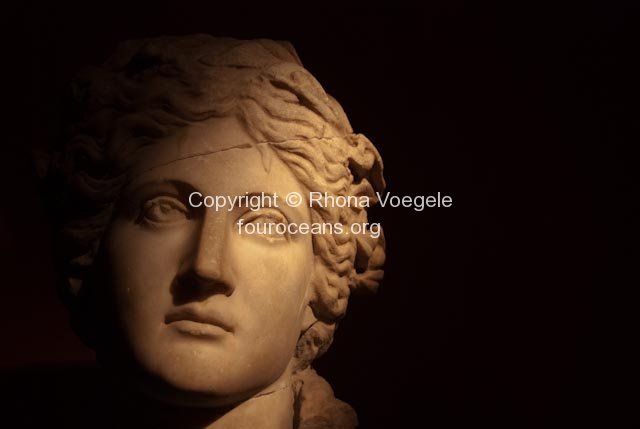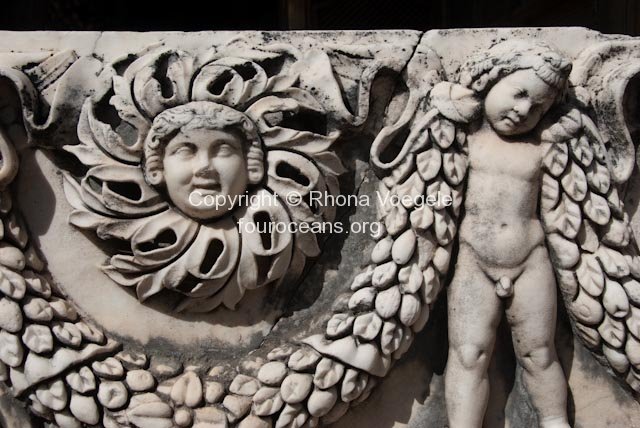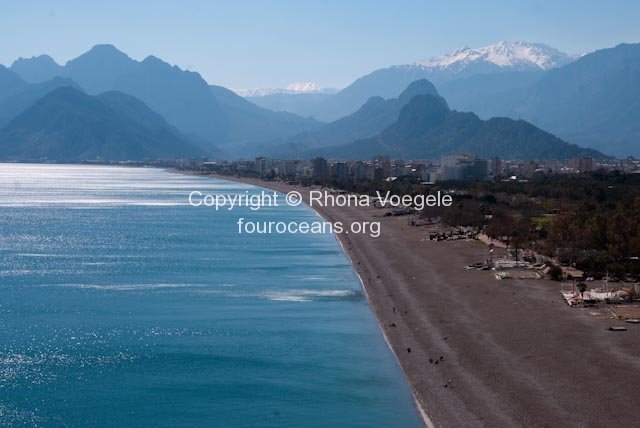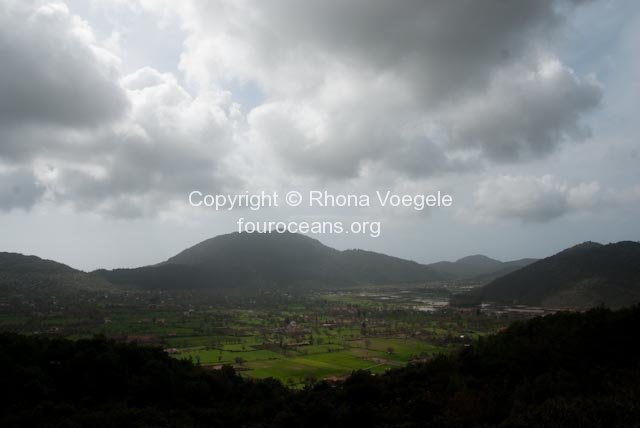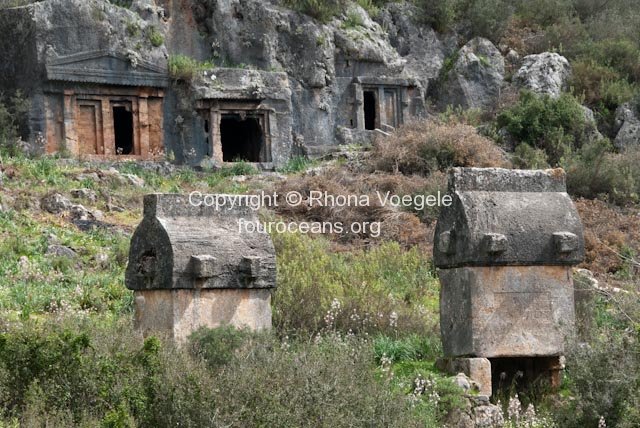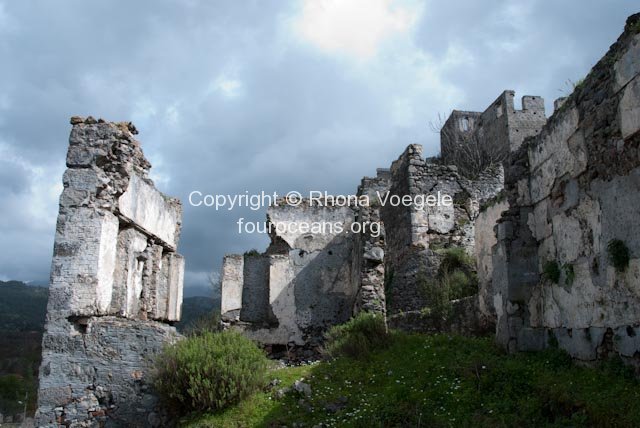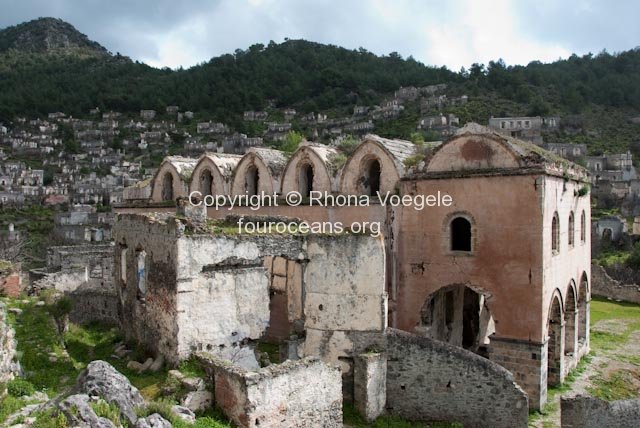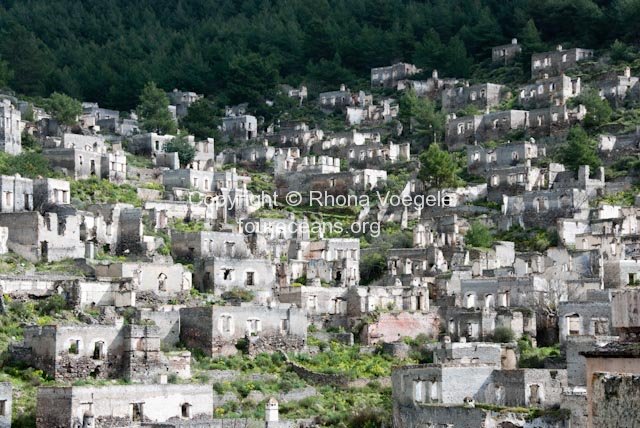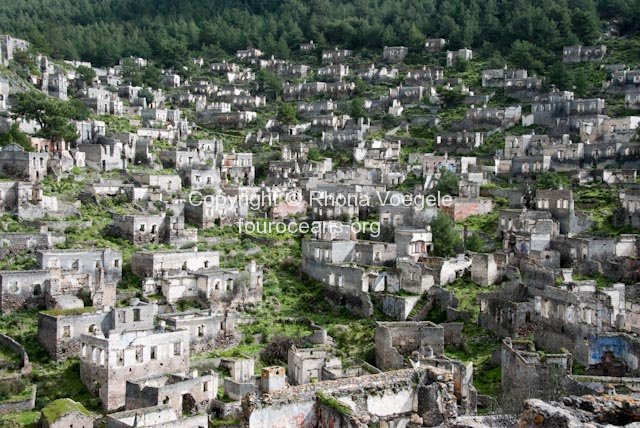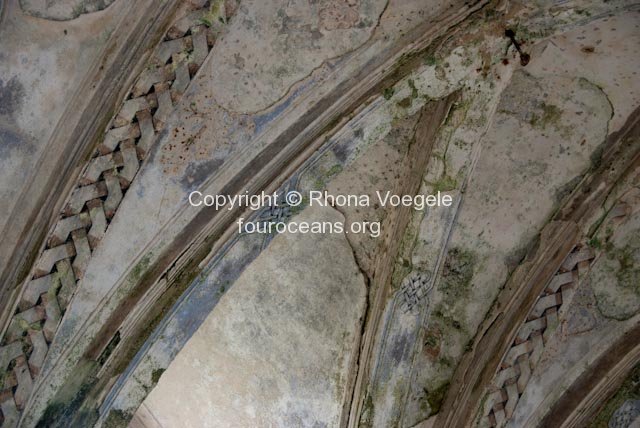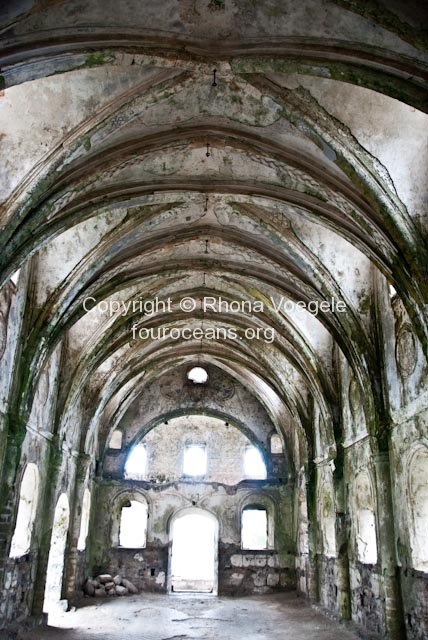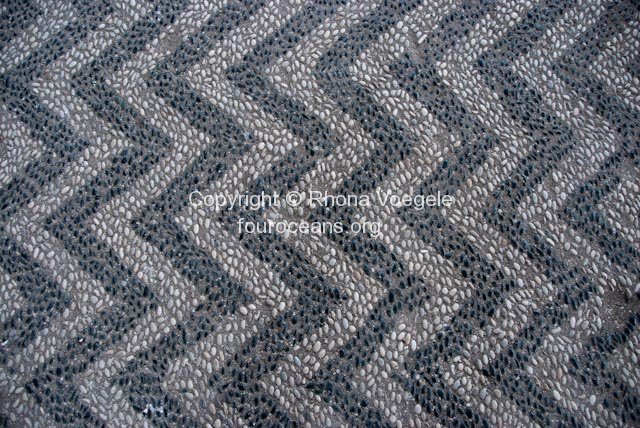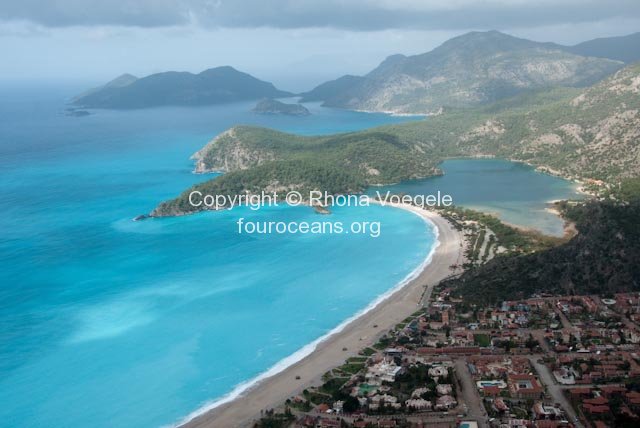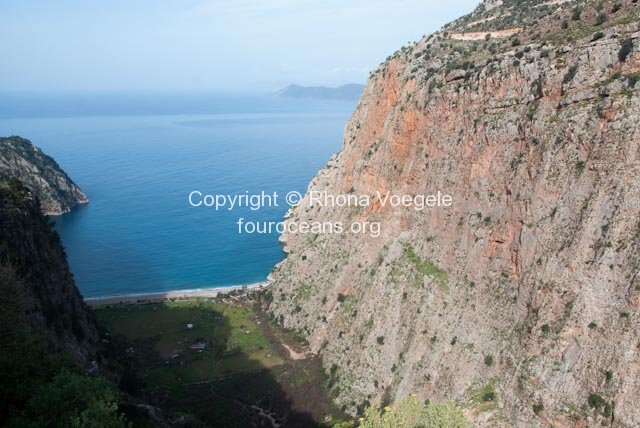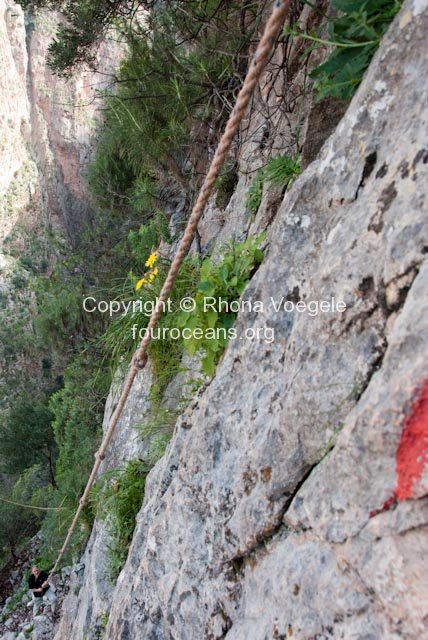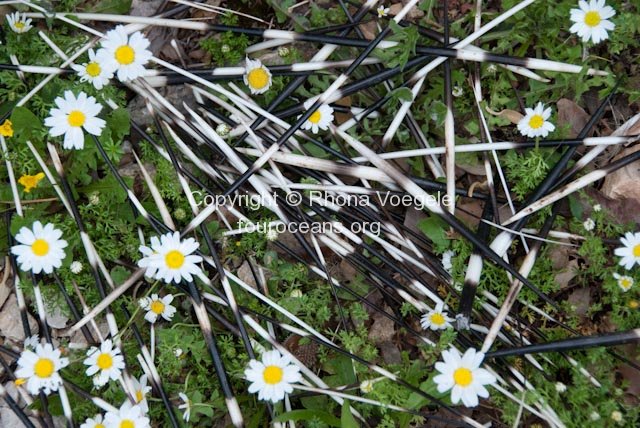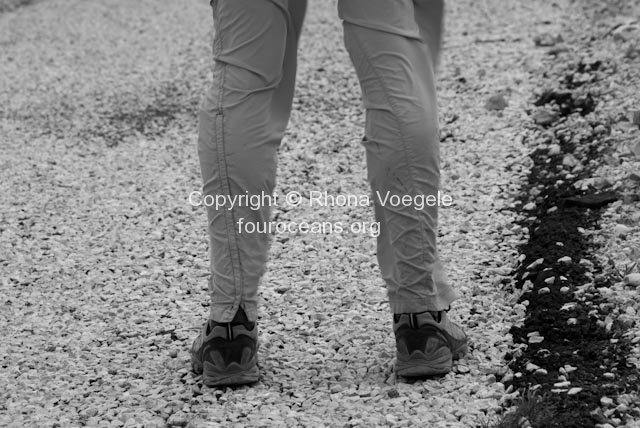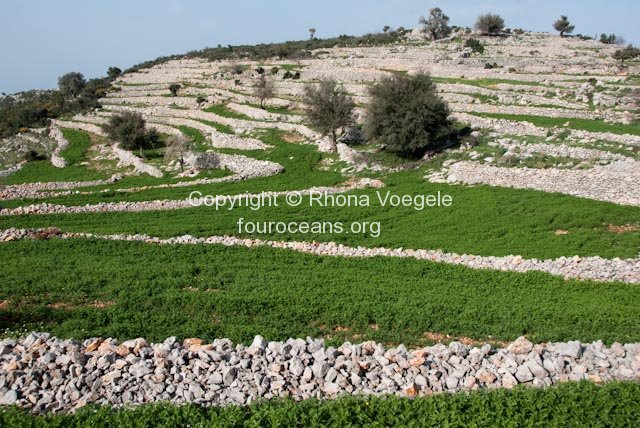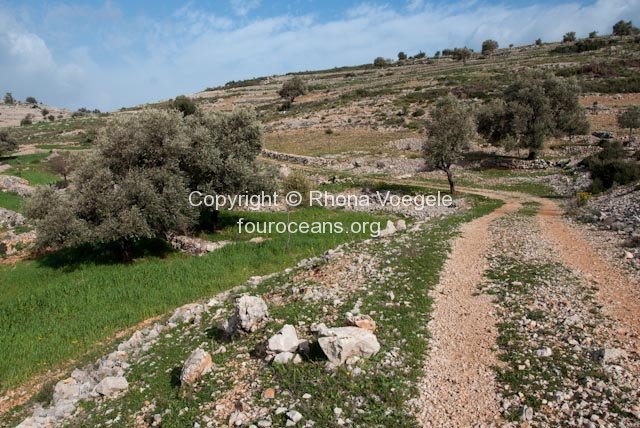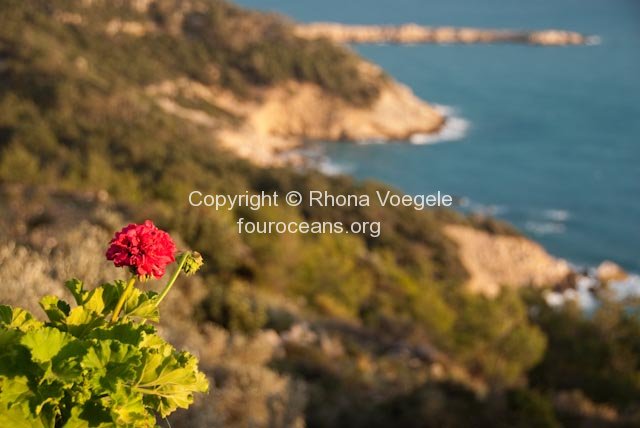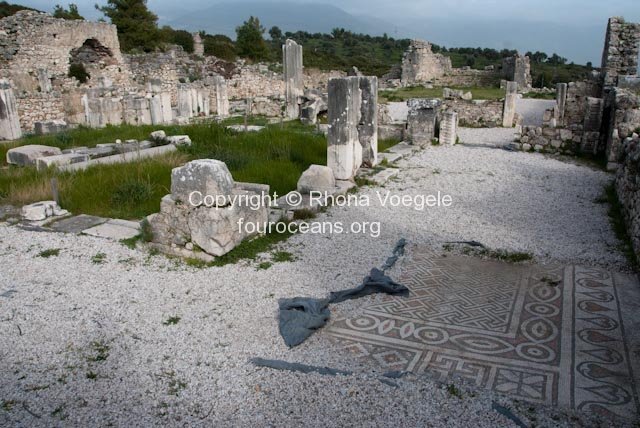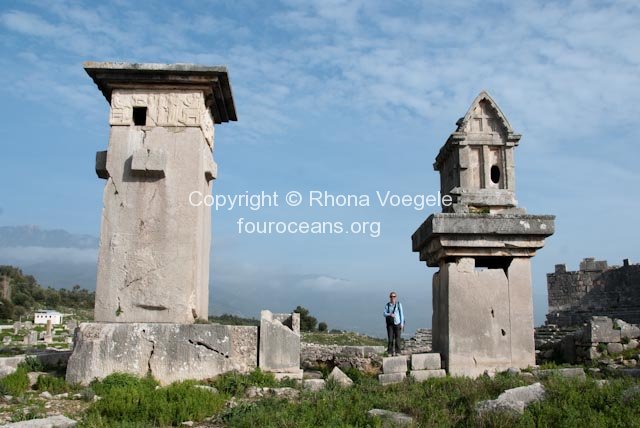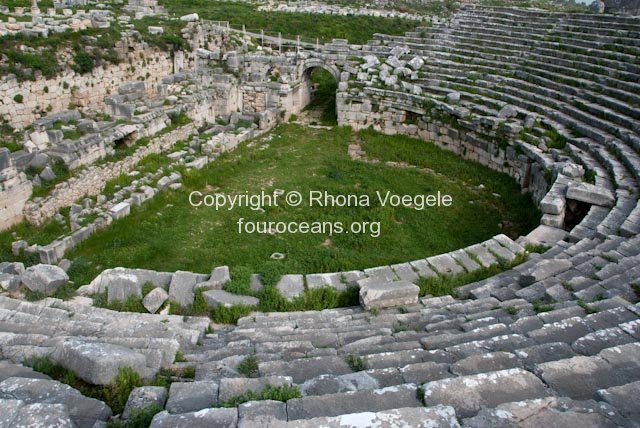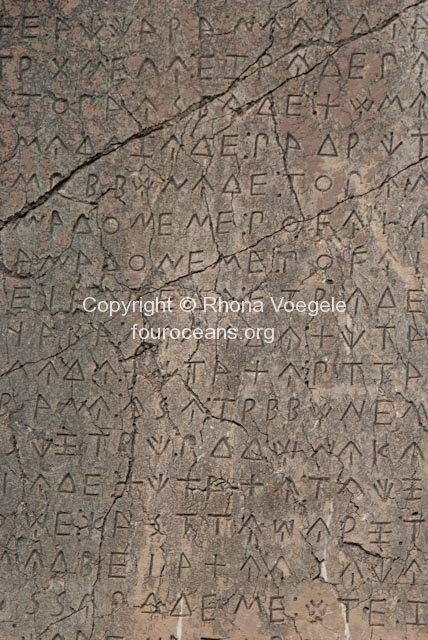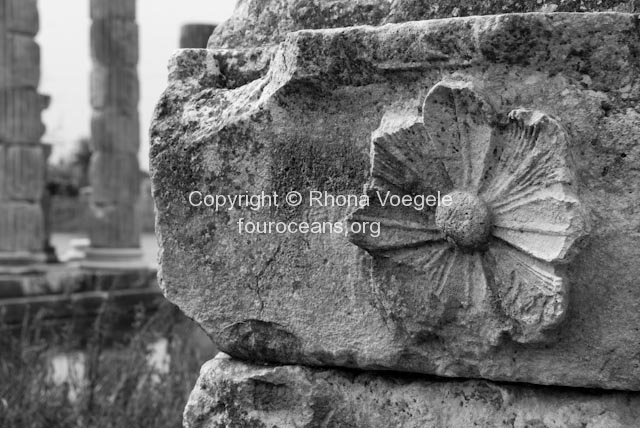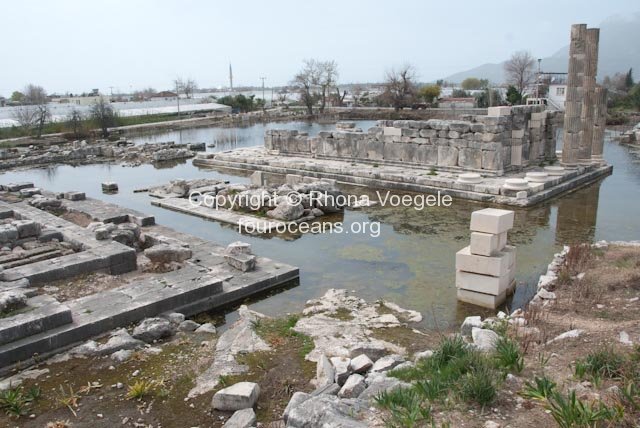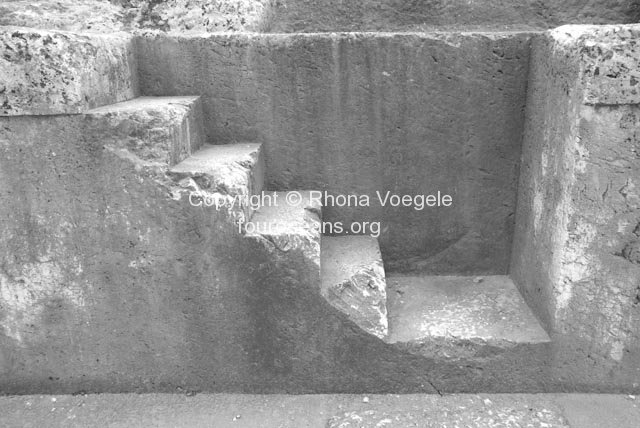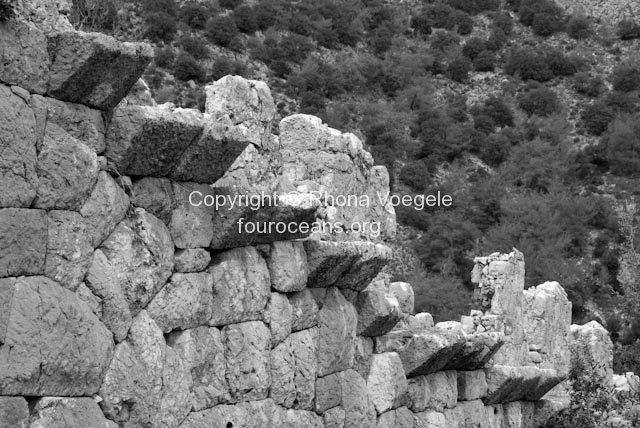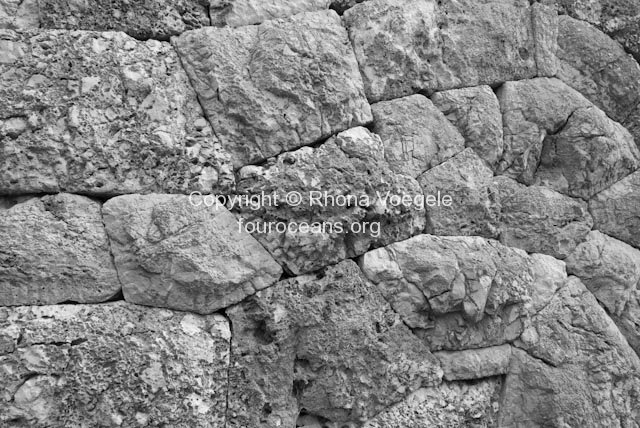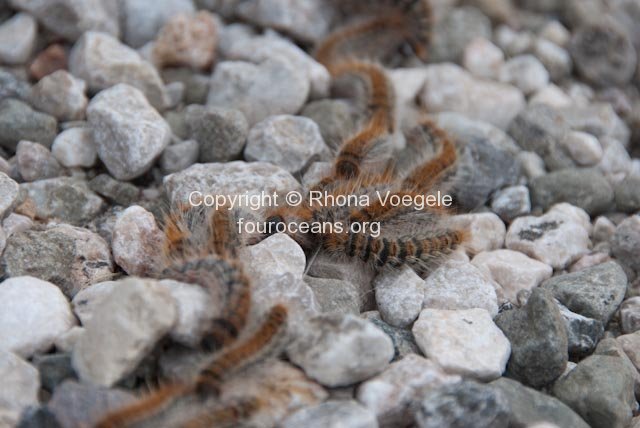A year into the trip I’ll share some statistics about what we’ve been spending our money on. Brett, the nerd that he is, has kept track of every yen, somani, kroner, hryvnia and lei that we’ve spent. Not only that but he’s broken down our spending into various categories – accommodation, transport, food, sightseeing, visas, communication and misc. It seems like a lot of work but actually the data he’s put together is really interesting. When we were feeling a little low on cash it was good to know how long we could sustain our lifestyle given the reserves we had left. Besides, it’s just good to know where the money goes. I’ll give a quick summary of costs in this post – I know it’s not for everyone, but if you’re interested read on…
Read the rest of this entry »
Seeing as we’ve been on the road for a year, I feel it’s time to write about some of the highlights. Some of these were written about when they happened, but some are little things that didn’t necessarily register as worthy of a mention at the time. In no particular order:
Read the rest of this entry »
Posted by: Rhona Tags: Antalya, Cappadocia, Derinkuyu Underground City, Goreme Open Air Museum, hot air balloon, Ilhara Valley, Konya, Love Valley, Mevlana, Selime Monastery, Uchisar, whirling dervishes
–
–
We wandered around Antalya a little more before heading inland to Konya via some spectacular mountain scenery. Konya is the spiritual home of the Mawlawi Order of Sufi Islam, famous for its sema ceremonies where the dervishes whirl as a form of meditation. Between 1150 and 1300 the city was the capital of the Seljuk Sultanate of Rum, and in 1228 the man who would become one of Turkey’s most beloved poet and religious leader moved to the city with his father. Jalal ad-Din Muhammad Balkhi, otherwise known as Mevlana or Rumi, was a spiritual leader and teacher like his father had been. After his death in 1273 his followers built a mausoleum over his tomb and continued to follow his teachings.
The mausoleum is now a museum and we saw the beautiful decorations that adorn his tomb. He is still held in high regard and many pilgrims come to Konya every year to pay homage. Many of them also go to see a sema ceremony which is held every Saturday. Not knowing if we’d be able to see one in Konya we’d already seen one in Istanbul but went again. It was a completely different experience, though strangely enough the touristy expensive one in Istanbul was actually more intimate. In Konya they whirled in a 2,000 person stadium and free tickets meant it was almost full. Camera flashes were going off regularly despite a request not to use them. Still, it was good in a different way and I appreciated the chance to take photos even if the results are somewhat fuzzy and grainy.
Read the rest of this entry »
–
–
Leaving Fethiye (with all our stuff in tow again) we headed down the coast to Kas, not far from where we’d finished our hike the day before. Our main reason for going there was to do a sea kayaking trip over nearby ruins of a city that earthquakes sunk below the water line. Unfortunately, on our first full day in town the operator told us that it was too rough to go out. We decided to stick around in hope that the next day was better and took what ended up being a really good day trip to the town of Demre.
It’s near the ancient Lycian city of Myra and we visited the rock tombs of the necropolis, the theatre and the church of St. Nicholas. Back in 168BC when the Lycian League was formed there were 23 city state members who sent 1, 2 or 3 representatives to an annual senate (depending on their population). Myra was one of only six cities to be allowed to send 3 representatives. Its rock tombs are the most impressive we’ve seen and form a backdrop to the ancient theatre, something which is apparently relatively common. In the Christian era Myra remained an important city and in the 4th century AD St Nicholas was the bishop there. A basilica built in his memory has been a popular pilgrimage site ever since, even though the relics themselves were taken by Italian sailors in 1087 during a period of battles between Islamic invaders and the Byzantine Empire. The historical figure, who was one of the most popular saints of Tsarist Russia, is more popularly known today by the name of Santa Claus. This transformation probably came about because of his reputation as the protector of children and for secret gift giving.
Read the rest of this entry »
–
–
For the past 6 days Brett and I have been walking along the Lycian Way. It’s a 509km long hiking path that stretches between Fethiye (or technically a small town outside it called Ovacik) to Antalya. We started walking from Fethiye, passing a village called Kaya Koy before starting on the trail proper around Hisaronu. Over six hiking days we covered around 80km and finally stopped walking in Pydnai earlier this morning.
Kaya Koy was our first stop outside Fethiye. The main attraction is the 2000 or so empty stone houses that cover the hillside of what was once a bustling Ottoman-Greek town. As part the population exchanges that took place after the Turkish War of Independence the Christian inhabitants were moved to the outskirts of Athens and only a handful of Muslim Turks were left. As there were less Turks in Greece nobody replaced the inhabitants who had been moved away and the town has stood abandoned since the 1920s. These days it’s apparently a popular daytrip from the bustle that is Fethiye in the summer months though at this time of year we had the place almost to ourselves. We wandered between roofless and crumbling houses, following cobblestone paths overgrown with weeds. A few of the old churches were still standing, with black and white pebble mosaics and the remains of frescoes. In one we saw the remains of icons painted on the wall, albeit with eyes gouged out and covered with whitewash to the average reach of a Turkish man. It turns out the Muslims have done to the Christians what we’ve seen evidence of the Christians doing to the Greek/Roman gods before them.
Read the rest of this entry »
